Red Bugs on Plants: Complete Guide with Photos
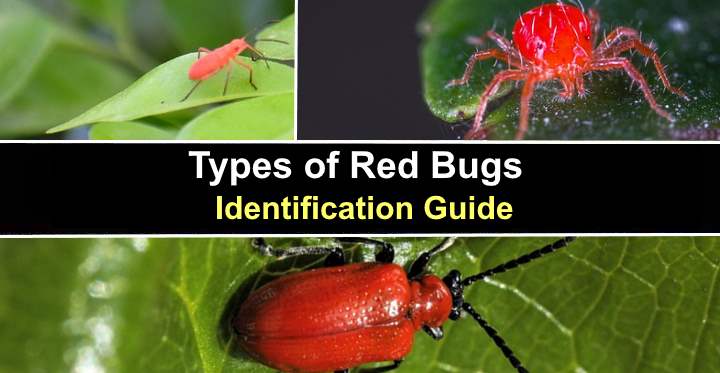
Hello farmers! How is the mission to control the pests in the orchard going? Today, I am going to talk to you about the main red bugs that we can find, how to identify them and learn to control them. Some of them, like ladybugs, are beneficial and we will show you how to raise them at home.
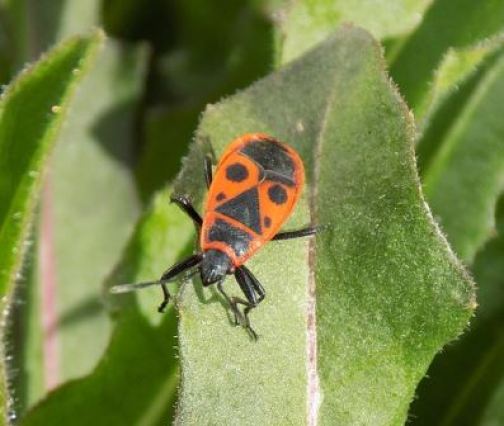
red bugs on plants
Bed bugs belong to the order Hemiptera and are characterized by having their wings crossed at rest. Their mouthparts are biting-sucking and they can be phytophagous, predatory or parasitic.
The best prevention will be to respect the crop calendar, the planting frameworks and the necessary rotations. However, once installed we can use treatments based on potassium soap or neem oil.
If we talk about red bugs, we cannot forget bedbugs due to the great variety of species that there are of this color. Here are the most important ones:
cabbage bug
This species of bug mainly attacks cruciferous plants. Yellow circles form on the leaves of the plants due to the bites it makes. In summer it is lighter in color than in winter.
dotted bug
If we find a bug with dots, it is undoubtedly Graphosoma semipunctatum.

Tree mallow bug, cobbler or San Antonio
The most characteristic of this bug is its gregarious nature (hundreds of cobblers can be together). However, its damages are not very serious for crops. It is worth noting its special taste for some Malvaceae seeds and can affect cauliflower or cabbage, among others.
field bug
We should not confuse it with the previous species. To differentiate one from the other, note that this species has a white dot in the middle of the membrane. It mainly affects species such as sorghum and sesame.
striped bug
Both the dotted bug and the striped bug have these colors and shapes to warn their predators of their bad taste. It can be easily differentiated by the stripes that it presents throughout its body.

red ants on plants
Red ants, also known as fire ants, are not really a concern for our crops, but like black ants they can indirectly cause damage by attracting other insects such as aphids.

Red spider or red mite
Although it is known as a spider mite, it is a species of mite. Remember that we should not confuse mites with insects. Mites have 8 legs, unlike insects, which have 6. They are usually generalists and mainly affect vines, horticultural or ornamental crops. They are located on the underside of the leaves and are identified by having dark spots on the sides and a large number of silks.
As for its control, I leave you a link where we explain how to fight the red spider in the orchard.
One of the best known species is Tetranychus urticae.

Beneficial Red Bugs: Ladybugs
Ladybugs belong to the Coccinellidae family (order: Coleoptera). They are a type of insect well known for its characteristic red color and small black dots. Apart from walking on our fingers, ladybugs are considered one of the main natural enemies as they feed on insects that are harmful to our garden. For this reason, a good idea to fight against pests of aphids, whiteflies or mites is to release ladybugs in our garden. If you are in an area where there are no ladybugs, we leave you the link of a video from AgrohuertoTV where two colleagues explain how to make a fantastic ladybug farm.
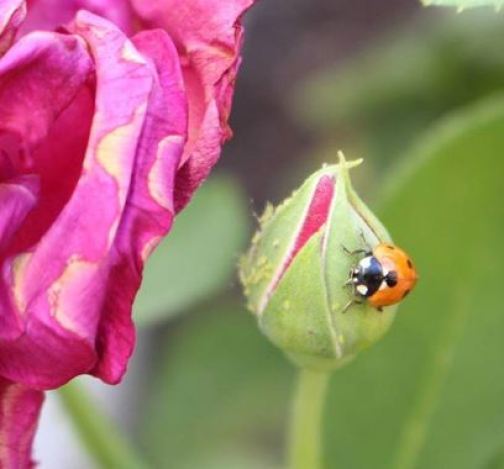
However, the ladybug does not look the same throughout its life. The eggs are characterized by being yellow and elongated. From the eggs hatch the larvae (they also devour aphids), often with hairs or spines. Next, it passes to the pupal state (obtecta) in leaves and finally, to its best known state, which is the adult state. I leave you a photo of its biological cycle so that you can familiarize yourself with its other states:
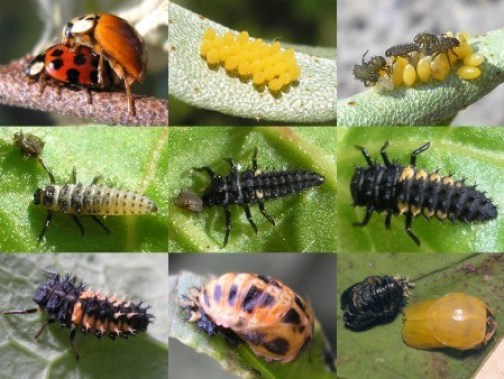
If your problem is not red bugs but other colors, you can take a look at other articles about: green bugs, white bugs and bugs on the ground.
References
- Durak, D., Kalender, Y. (2009). Fine structure and chemical analysis of the metathoracic scent gland secretion in Graphosoma lineatum (Linnaeus, 1758) (Heteroptera, Pentatomidae), Comptes Rendus Biologies, 332 (1), 34-42.
- Elliott, NC, Kieckhefer, RW, Beck, D. 2000. Adult Coccinellid Activity and Predation on Aphids in Spring Cereals. Biological Control, 173, 218–226.
- Zhao, Z., Hui, C., Li, B. (2015).Effects of agricultural intensification on ability of natural enemies to control aphids. (April).
I hope you liked the article and that it serves as a guide to identify the main red bugs that appear in the garden. I remind you that you can send us photos in the comments if you have any of these pests or tell us about your experiences.
Greetings to all and have a good day

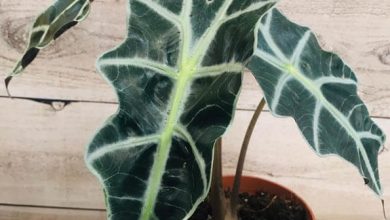
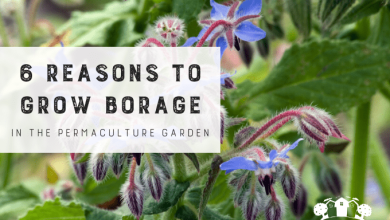
![Photo of Lemon Tree Cuttings: [Grafting, Season, Rooting and Sowing]](https://www.complete-gardening.com/wp-content/uploads/2021/06/Esquejes-de-Limonero-390x220.jpg)